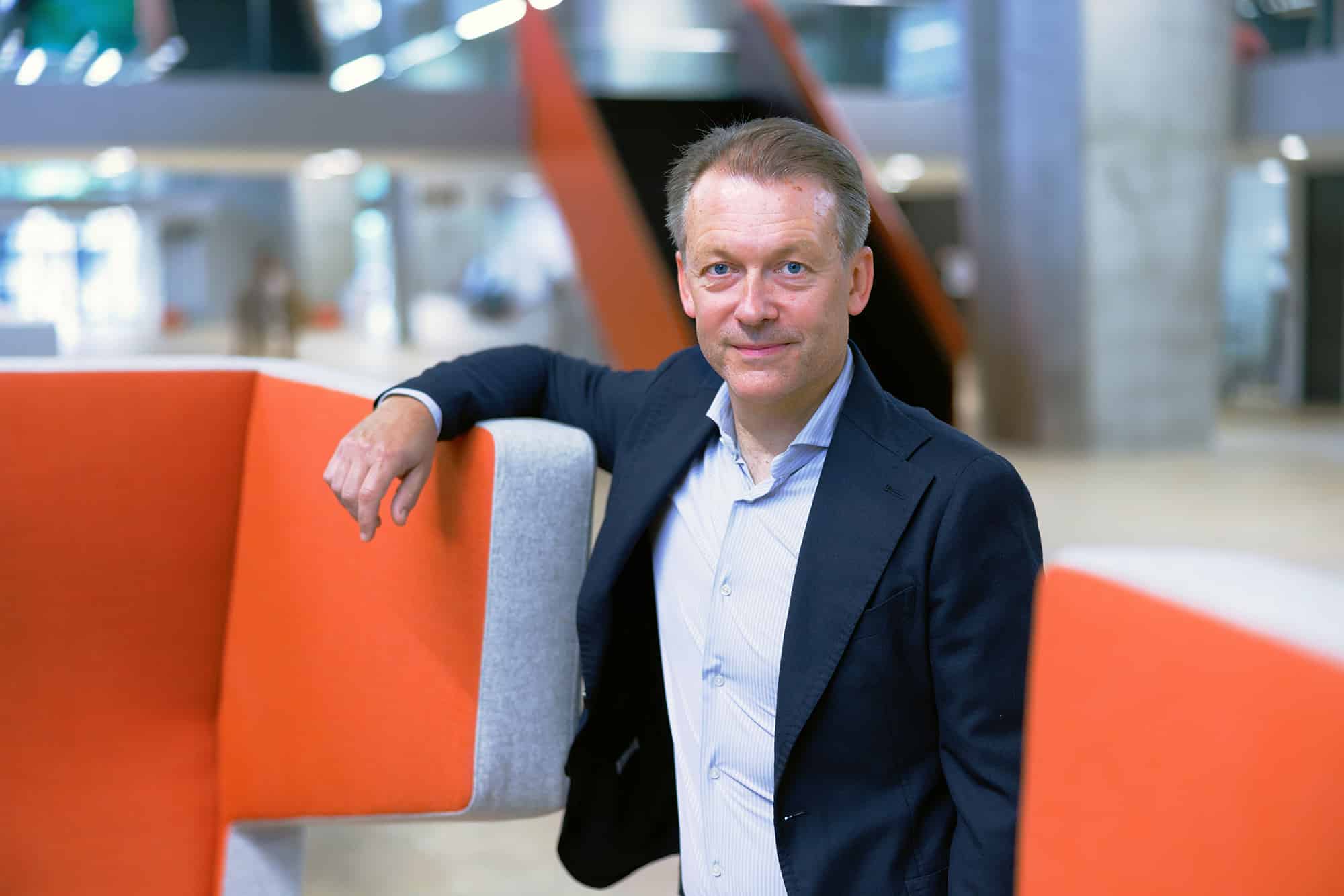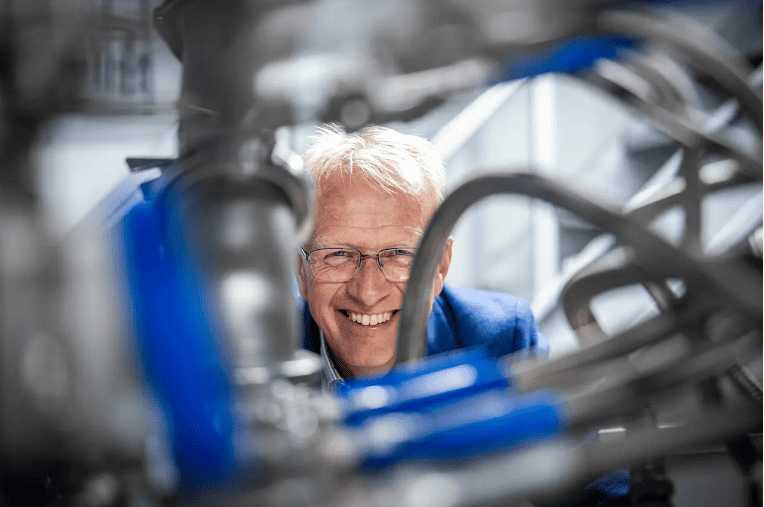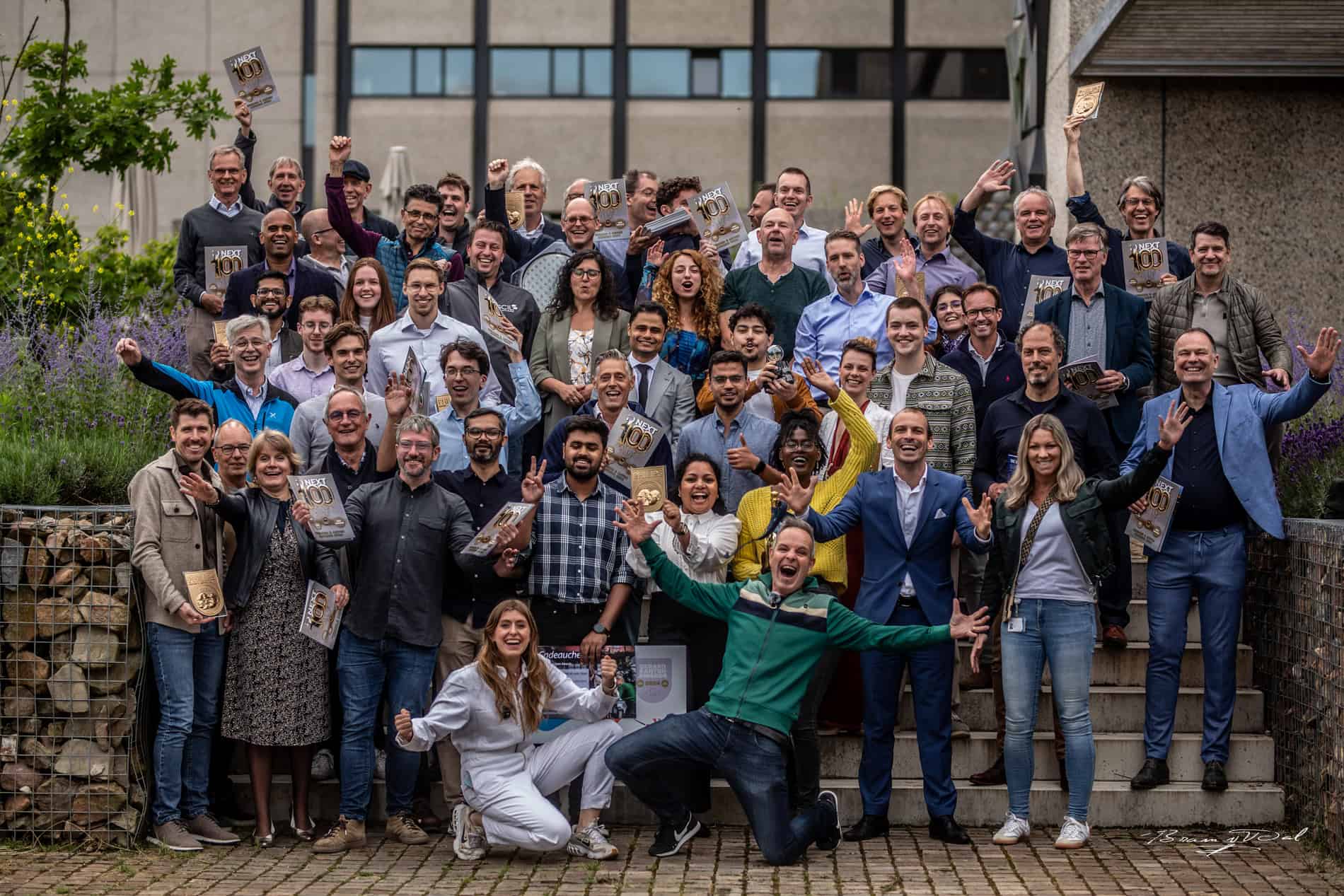
Clean medical equipment in just 60 seconds? UV Smart does it with UV light. The start-up from Delft in The Netherlands has demonstrated in various studies how their cleaning equipment works and is now in the final phase of obtaining a CE marking. Several hospitals in The Netherlands are already using a trial version of the device from UV Smart as a stopgap solution. For cleaning face masks, for example. Innovation Origins spoke with founder Daan Hoek.
Where did this idea stem from?
“I was on a plane and saw people cleaning their phones with alcohol wipes. My first thought was that this should be done in a smarter, faster, and safer way. I brought Thijs Kea on board and we got to work. In the end, research showed that the demand for fast and mobile disinfection was especially high in hospitals.”
What problem do you resolve?
“In order to kill bacteria and viruses, medical equipment normally goes into a kind of washing machine. Not only is this a time-consuming process, but it also requires a lot of water and toxic chemicals. These corrosive substances are not just harmful to people and the environment but also shorten the lifespan of the equipment. We ensure that this disinfection process can be done a lot faster. For example, you only need to put an endoscope in our device for 60 seconds instead of an hour. You also no longer need water and chemicals for cleaning. Our process is faster, cheaper, and ensures that medical equipment lasts longer.”
How does it work?
“UV light comes in three bandwidths. A, B, and C. We know from UV-C light that it breaks down the DNA of living organisms, it prevents a cell from dividing any further. That’s also why it’s harmful to humans and animals. People get skin cancer from it. Our device is sealed off so no light can escape. It’s just a matter of closing the lid and the device then does its job. No extra training is called for.”
What drives you?
“It’s really nice to see that we can help hospitals optimize their cleansing processes during this hectic time in healthcare. We make sure that infections don’t spread as rapidly, especially since that is so important. Providing support with this effective, affordable, and more sustainable cleaning method is what we do.”
“Neither of us comes from the medical world, and this was difficult at first. Disinfecting equipment has been done in the same way for about thirty years. Just try and see if you can get a foot in the door there. We had to really convince hospitals that we were right, but this made us more driven. We wanted to show them what we had come up with really works.”
Was that also the main challenge – that you don’t have a medical background?
The medical industry is a tricky one. You have to contend with strict regulations. Before you are allowed to use a product, its efficacy has to be proven 100 %. This is entirely justified, by the way, because you don’t want products to be used that might harm patients’ health. So you know that you have to have patience. We aren’t doing too badly considering that we’ve been able to enter the market within a year and a half.”
What are you most proud of?
“It gives a big kick to see that our products are actually being used now. It’s also great to see that hospitals are accepting UV-C disinfection more and more and are requesting our products.”
Which entrepreneur do you see as an example for you?
“Richard Branson, he’s not afraid to shake up an established industry. We do that too. That is exciting sometimes when you consider that a hospital does things in a certain way for the past 30 years or so. We sometimes feel like David versus Goliath because we’re trying to get on board somewhere as a small party.”








